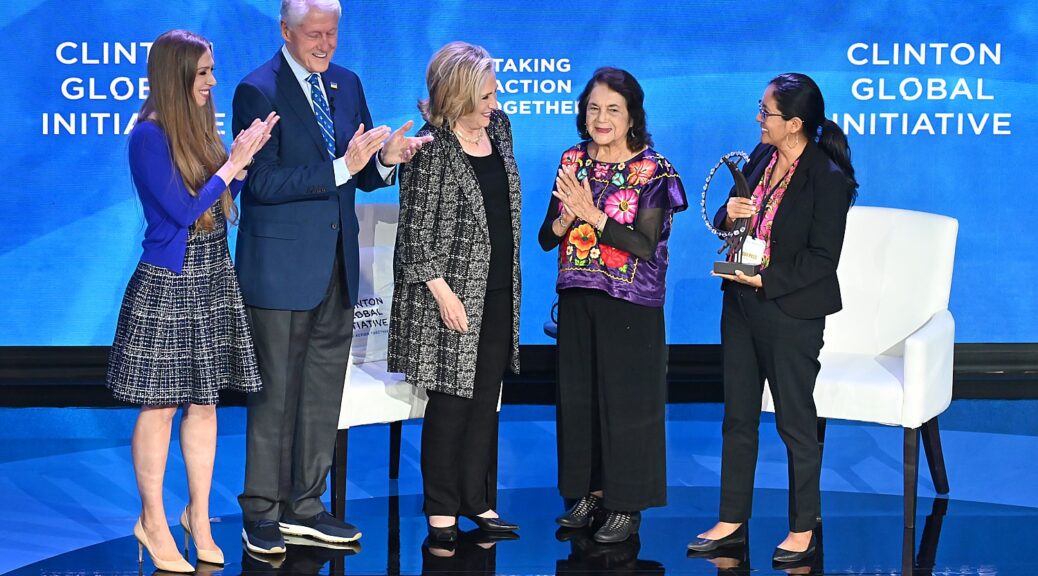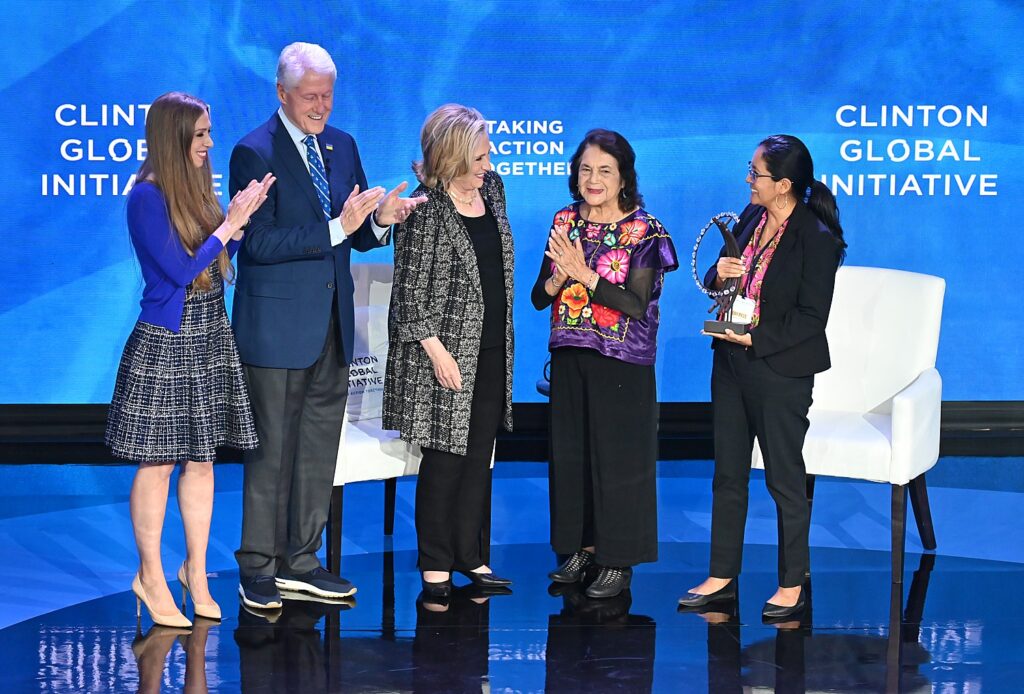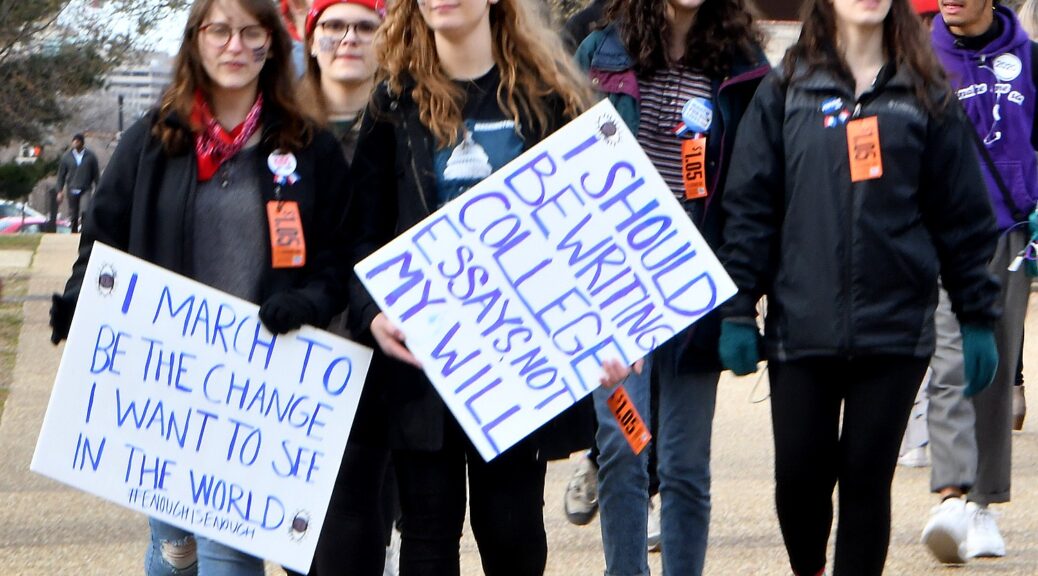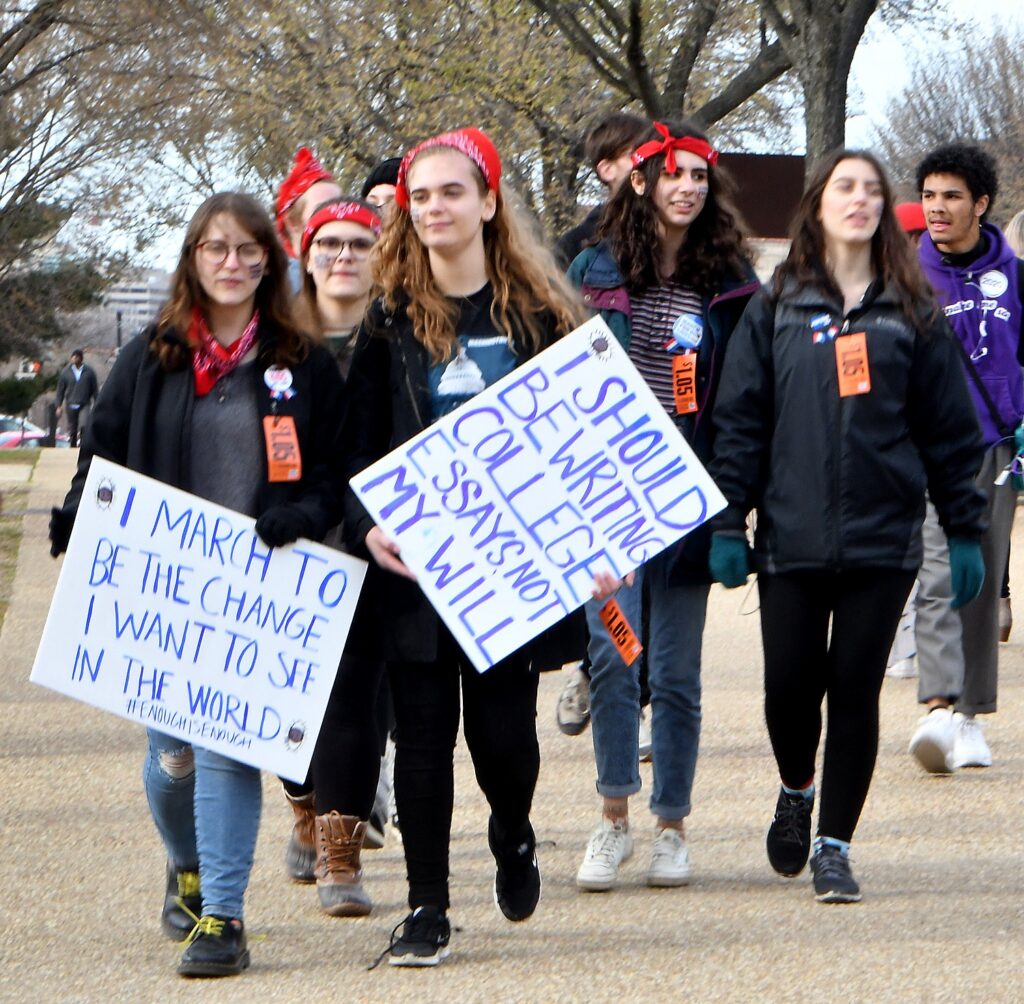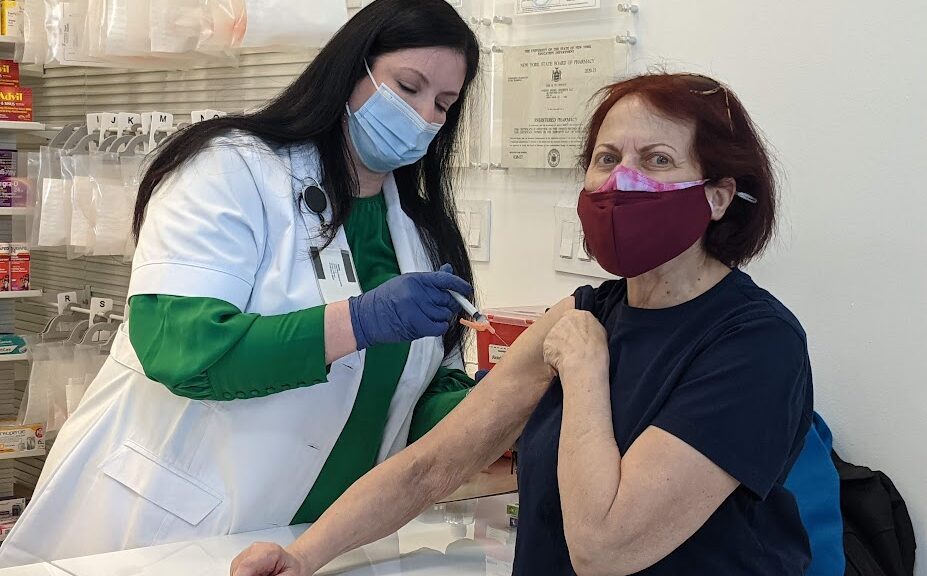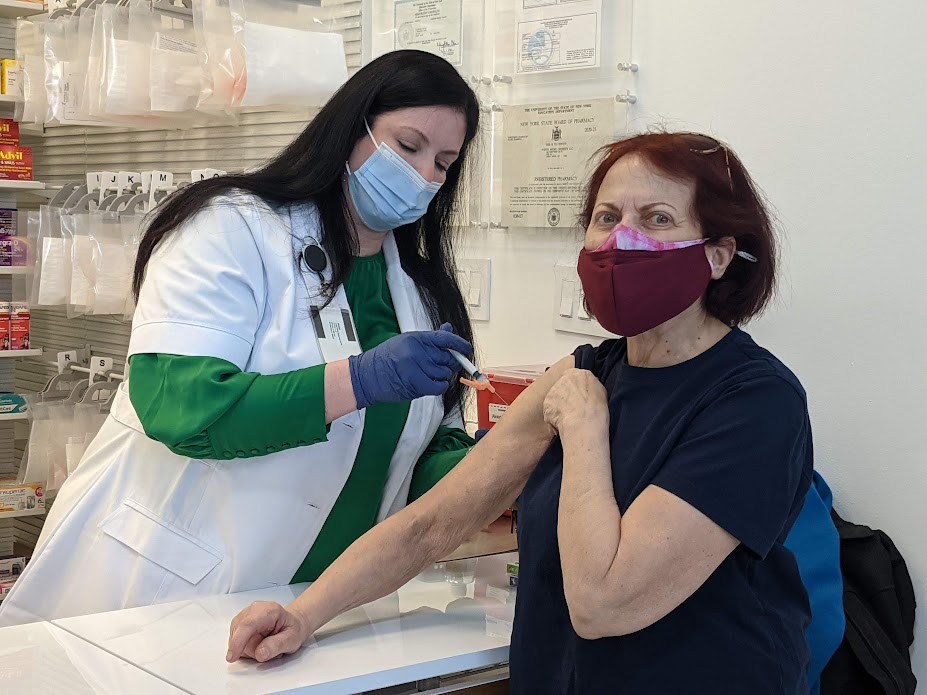Today, on the anniversary of the Violence Against Women Act (VAWA), the Biden-Harris Administration marks the progress we have made through VAWA to transform the United States’ response to sexual assault, domestic violence, dating violence, and stalking. President Biden’s commitment to preventing and addressing gender-based violence has remained a cornerstone of his career—from the initial passage of VAWA twenty-nine years ago to, in 2023 alone, implementing historic bipartisan military justice reform and issuing the first-ever U.S. National Plan to End Gender-Based Violence.
Since he first championed VAWA in 1994, President Biden has worked across the aisle to reauthorize and strengthen this critical legislation. With each reauthorization, VAWA has been expanded to improve safety and support for all survivors, increase prevention efforts, and inspire social change that will ensure all people are able to live free from violence.
Most recently, President Biden signed the VAWA Reauthorization Act of 2022 and secured the highest-ever funding level for VAWA implementation. Over the last year, the Biden-Harris Administration has worked to implement changes that were passed as part of the VAWA Reauthorization Act of 2022 by:
- Distributing record funding to states, Tribes, and territories for local prosecutors, law enforcement, and victim advocates to support survivors of domestic violence, dating violence, sexual assault and stalking. Funding for the Department of Justice, Office on Violence Against Women (OVW), established formula grants that have increased funding markedly—for critical programs such as the Services, Training, Officers, and Prosecutors Violence Against Women Formula Grant Program; the Sexual Assault Services Grant Program; and the Rural Sexual Assault, Domestic Violence, Dating Violence, and Stalking Program. These funds will contribute to efforts to support victims and advance justice in communities across our Nation.
- Expanding special Tribal criminal jurisdiction with support to Native communities. The VAWA Reauthorization Act of 2022 expanded special Tribal criminal jurisdiction (STCJ) to cover non-Native perpetrators of sexual assault, child abuse, stalking, sex trafficking, and assaults on Tribal law enforcement officers on Tribal lands. It also authorized a pilot project to enhance access to safety for survivors in Alaska Native villages. The Department of Justice moved quickly to identify and deploy resources to support Tribal implementation of STCJ, including by issuing or announcing awards for new technical assistance and to establish an Alaska-specific Intertribal Technical Assistance Working Group. OVW also issued an interim final rule to reimburse Tribes for expenses incurred in exercising STCJ, which will permit OVW to administer the Tribal Reimbursement Program starting in 2024.
- Increasing culturally-specific resources and support for survivors and communities. The VAWA Reauthorization Act of 2022 increased services and support for survivors from underserved and marginalized communities—including for LGBTQI+ survivors of domestic violence, dating violence, sexual assault, and stalking. OVW is supporting organizations to maintain and replicate existing successful LGBTQI+-specific services, including through two additional LGBTQI+-specific projects through the Grants for Outreach and Services to Underserved Populations Program.
- Addressing online harassment and abuse and combatting cybercrimes. Complementing the Administration’s efforts to promote online safety through the Task Force to Address Online Harassment and Abuse, the bipartisan year-end omnibus allocated $8 million to implement initiatives addressing cybercrimes, including two programs newly authorized by the VAWA Reauthorization Act of 2022.
- To better support State, Tribal, and local law enforcement, prosecutors, and judicial personnel, OVW is working to establish the National Resource Center on Cybercrimes Against Individuals, to assist victims of cybercrimes.
- A $1 million grant will be released by OVW along with a solicitation, to launch a technical assistance project on the prosecution and investigation of online abuse and harassment.
- DOJ’s Office of Access to Justice, in consultation with OVW, will work to raise awareness through United States Attorneys’ Offices about the new federal civil cause of action for the non-consensual distribution of intimate images, passed into law in VAWA 2022.
- To better support State, Tribal, and local law enforcement, prosecutors, and judicial personnel, OVW is working to establish the National Resource Center on Cybercrimes Against Individuals, to assist victims of cybercrimes.
- Promoting prevention and strengthening services for survivors of sexual assault. The VAWA Reauthorization Act of 2022 improves prevention and response to sexual violence, including through increased support for the Centers for Disease Control and Prevention (CDC) Rape Prevention and Education Program and Sexual Assault Services Program and enactment of the Fairness for Rape Kit Backlog Survivors Act, which requires state victim compensation programs to allow sexual assault survivors to file for compensation without being unfairly penalized due to rape kit backlogs. DOJ awarded $51.8 million—a nearly 45% increase in funding from the previous year—to provide victims of sexual assault with services in every state and the District of Columbia, as well as American Samoa, Guam, the Commonwealth of the Northern Mariana Islands, Puerto Rico, and the Virgin Islands.
- Addressing the nexus between firearms and domestic violence. The VAWA Reauthorization Act of 2022 strengthened protections for domestic violence survivors at risk of experiencing gun violence, and established a historic restorative justice grant program, offering survivors alternative approaches to healing and justice. President Biden signed the Bipartisan Safer Communities Act, which narrowed the “boyfriend loophole” by helping to keep guns out of the hands of domestic abusers. DOJ is training federal law enforcement and educating state and local law enforcement and prosecutors on this historic change. And the FBI is reporting denied transactions of firearm purchases, fully implementing the NICS Denial Notification Act, which helped state law enforcement investigate and prosecute cases against individuals legally prohibited from purchasing firearms who try to do so.
- Expanding special Tribal criminal jurisdiction with support to Native communities. The VAWA Reauthorization Act of 2022 expanded special Tribal criminal jurisdiction (STCJ) to cover non-Native perpetrators of sexual assault, child abuse, stalking, sex trafficking, and assaults on Tribal law enforcement officers on Tribal lands. It also authorized a pilot project to enhance access to safety for survivors in Alaska Native villages. The Department of Justice moved quickly to identify and deploy resources to support Tribal implementation of STCJ, including by issuing or announcing awards for new technical assistance and to establish an Alaska-specific Intertribal Technical Assistance Working Group. OVW also issued an interim final rule to reimburse Tribes for expenses incurred in exercising STCJ, which will permit OVW to administer the Tribal Reimbursement Program starting in 2024.
Expanding options for survivors to hold offenders accountable. VAWA established a historic restorative justice grant program, offering survivors alternative approaches to healing and justice. Recognizing that survivors and communities need more tools to hold offenders accountable and allow survivors to rebuild their lives, OVW released a solicitation to offer training and technical support to implement restorative practices, as defined in the VAWA Reauthorization Act of 2022.



